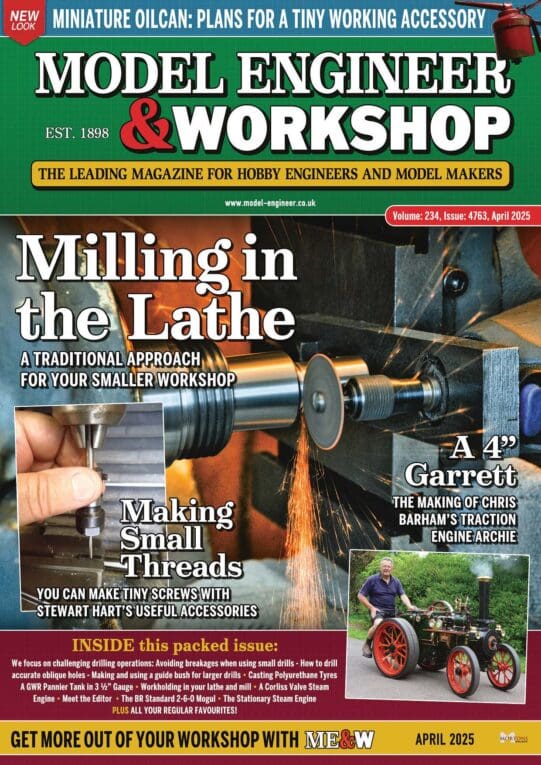Cutting clock wheels using a myford dividing head
Cutting clock wheels using a myford dividing head
- This topic has 21 replies, 8 voices, and was last updated 8 October 2016 at 22:59 by
John Haine.
Viewing 22 posts - 1 through 22 (of 22 total)
Viewing 22 posts - 1 through 22 (of 22 total)
- Please log in to reply to this topic. Registering is free and easy using the links on the menu at the top of this page.
Latest Replies
Viewing 25 topics - 1 through 25 (of 25 total)
-
- Topic
- Voices
- Last Post
Viewing 25 topics - 1 through 25 (of 25 total)
Latest Issue
Newsletter Sign-up
Latest Replies
- Elliott Omnimill Quill Clamp
- Steam pressure using thermistor
- Myford Super 7 restoration problem.
- Problem getting the right parameters on a VFD
- Tangential tooling
- James Coombes Drawing Error (or mine?)
- Morse Key
- Chester DB10LB Lathe – Not starting
- Supply company catalogues
- Measuring increments on boring head





